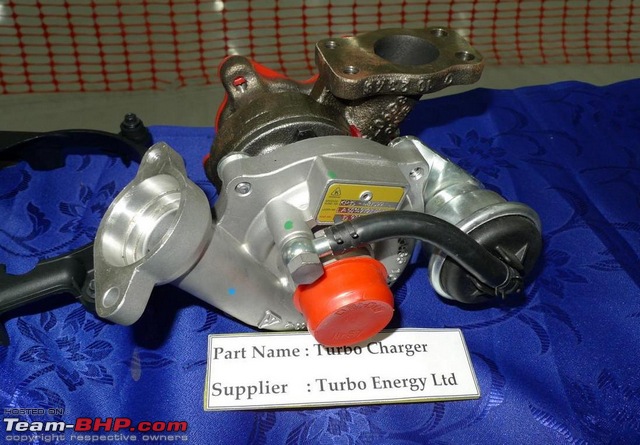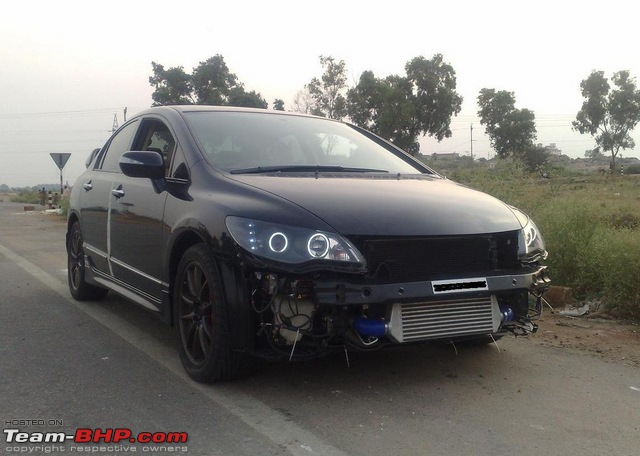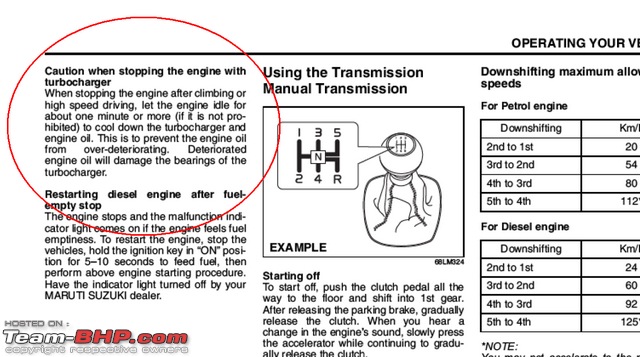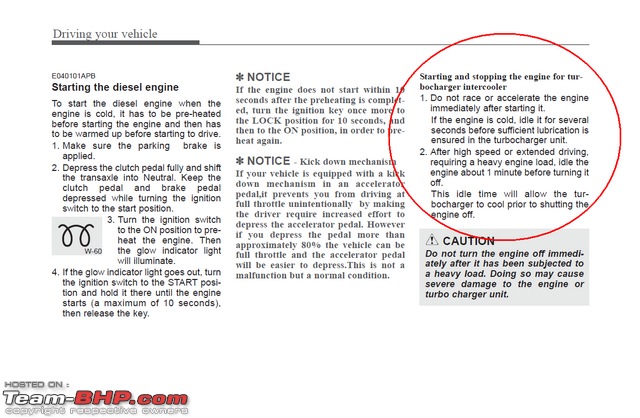| | #1 |
| Team-BHP Support  | |
| |  (194)
Thanks (194)
Thanks
|
| |
| | #2 |
| Team-BHP Support  | |
| |  (140)
Thanks (140)
Thanks
|
| | #3 |
| Team-BHP Support  | |
| |  (69)
Thanks (69)
Thanks
|
| | #4 |
| Team-BHP Support  | |
| |  (53)
Thanks (53)
Thanks
|
| | #5 |
| Team-BHP Support  Join Date: Feb 2004 Location: Bombay
Posts: 24,042
Thanked: 34,074 Times
| |
| |  (78)
Thanks (78)
Thanks
|
| | #6 |
| Senior - BHPian | |
| |  (5)
Thanks (5)
Thanks
|
| | #7 |
| Team-BHP Support  Join Date: Jan 2010 Location: Mumbai
Posts: 4,737
Thanked: 11,279 Times
| |
| |  (2)
Thanks (2)
Thanks
|
| | #8 |
| Senior - BHPian Join Date: Mar 2009 Location: New Delhi
Posts: 1,852
Thanked: 2,137 Times
| |
| |  (4)
Thanks (4)
Thanks
|
| | #9 |
| BHPian Join Date: May 2011 Location: NCR
Posts: 690
Thanked: 2,251 Times
| |
| |  (3)
Thanks (3)
Thanks
|
| | #10 |
| BHPian Join Date: Aug 2012 Location: Kolkata
Posts: 390
Thanked: 322 Times
| |
| |  (1)
Thanks (1)
Thanks
|
| | #11 |
| BHPian Join Date: Oct 2012 Location: Hyderabad
Posts: 94
Thanked: 94 Times
| |
| |
| |
| | #12 |
| BHPian | |
| |
| | #13 |
| BHPian Join Date: Feb 2011 Location: Bangalore
Posts: 500
Thanked: 1,352 Times
| |
| |
| | #14 |
| Senior - BHPian Join Date: Nov 2009 Location: Adelaide
Posts: 1,193
Thanked: 706 Times
| |
| |  (3)
Thanks (3)
Thanks
|
| | #15 |
| Team-BHP Support  Join Date: Jan 2010 Location: Mumbai
Posts: 4,737
Thanked: 11,279 Times
| |
| |
 |
Most Viewed













 Moreover, just being patient for the first and last 60-90 seconds of the drive can save many hours of anxiousness that a failed turbo can cause.
Moreover, just being patient for the first and last 60-90 seconds of the drive can save many hours of anxiousness that a failed turbo can cause. 
